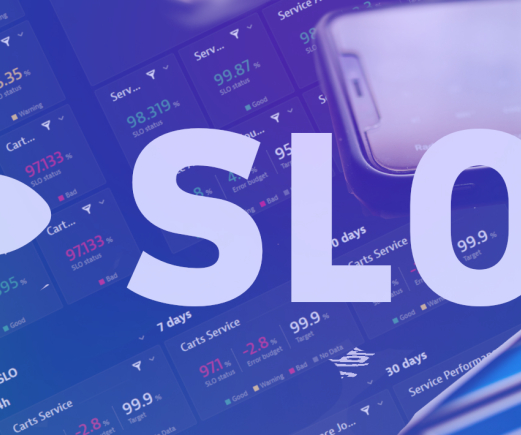Site reliability done right: 5 SRE best practices that deliver on business objectives
Dynatrace
MAY 31, 2023
As a result, site reliability has emerged as a critical success metric for many organizations. That’s why good communication between SREs and DevOps teams is important. Aligning site reliability goals with business objectives Because of this, SRE best practices align objectives with business outcomes.


























Let's personalize your content